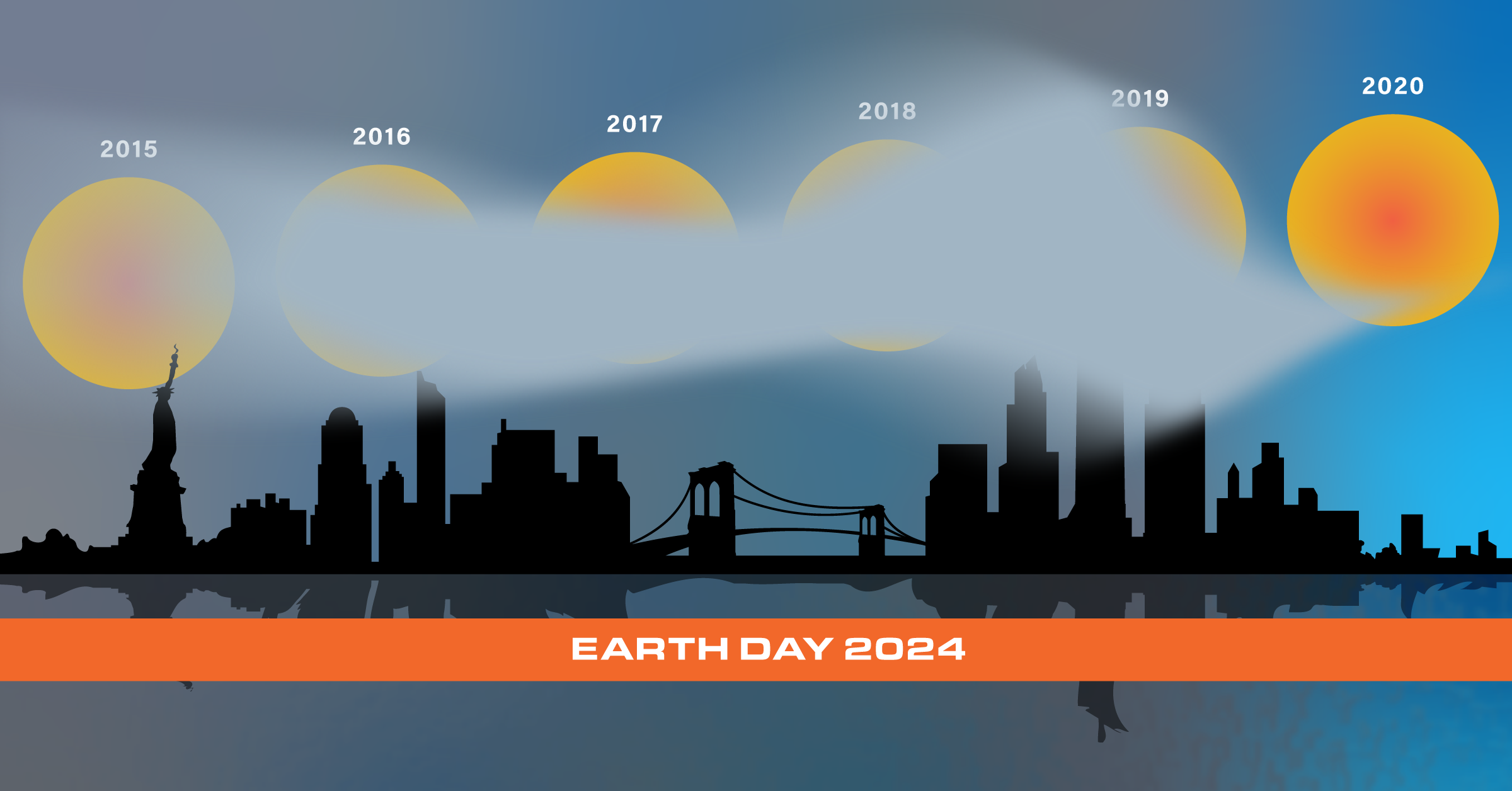The overwhelming majority of scientists agree that the biggest source of human-caused climate change is greenhouse gas emissions. In the U.S., the majority of these gases come from burning fossil fuels, 29% of which are from transportation.
The SCMAGLEV project is expected to prevent millions of tons of these gases from entering the atmosphere. In recognition of Earth Day, we’re taking a look at what these gases are and what it looks like when we prevent these harmful gases from being released.
The greenhouse gas that will see the largest reduction is carbon monoxide (CO). The Draft Environmental Impact Statement (DEIS) expects a reduction of 76,000 tons of this toxic gas. While this colorless, odorless gas doesn’t have a direct impact on global temperatures, excess amounts impacts the atmosphere’s ability to cleanse itself of other harmful gases.
Next up – nitrogen oxides. The DEIS forecasts that the SCMAGLEV will remove 15,000 tons of nitrogen oxides, which includes nitrogen dioxide (NO2). As well as contributing to increasing average global temperatures, NO2 has been linked to respiratory irritation that can lead to asthma. When it interacts with other atmospheric gases, like oxygen, and water, it can produce acid rain.
Finally, the DEIS shows that 4,000 tons of volatile organic compounds (VOCs) will be eliminated by the SCMAGLEV. VOCs, some of which are known to cause cancer in people, can interact with nitrogen oxides to form harmful ground-level ozone and smog.
We know taking cars off roads has a significant impact on air quality and reduces the amount of greenhouse gases in the atmosphere. NASA was even able to get photographic evidence; in March 2020, when millions of us stayed home and out of our cars due to the COVID-19 pandemic, they were able to capture this incredible image of the levels of NO2 in the atmosphere in comparison to the same time over five previous years. The results were clear – the amount of nitrogen dioxide reduced quickly and significantly when cars came off roadways.
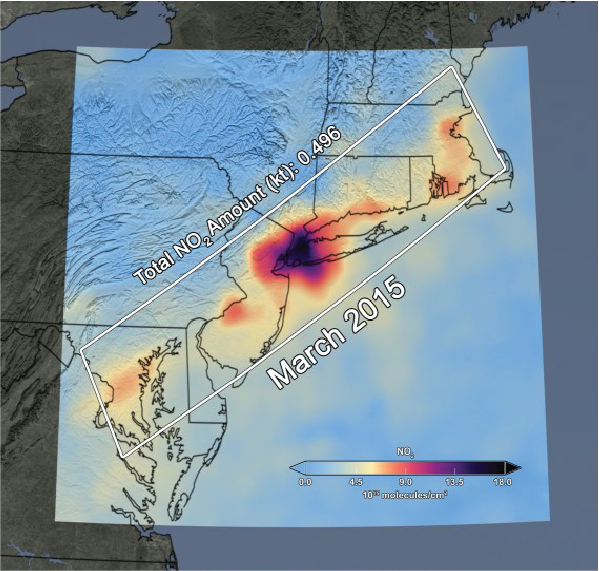
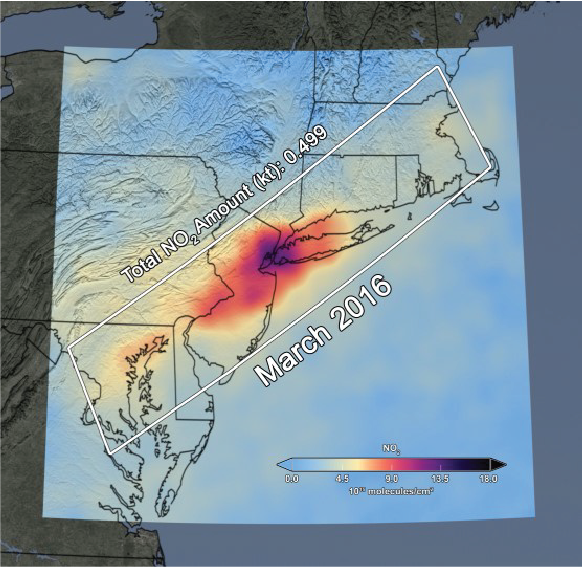
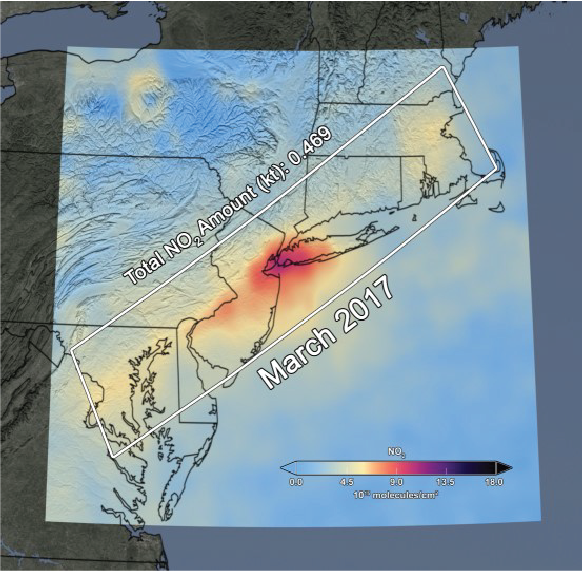
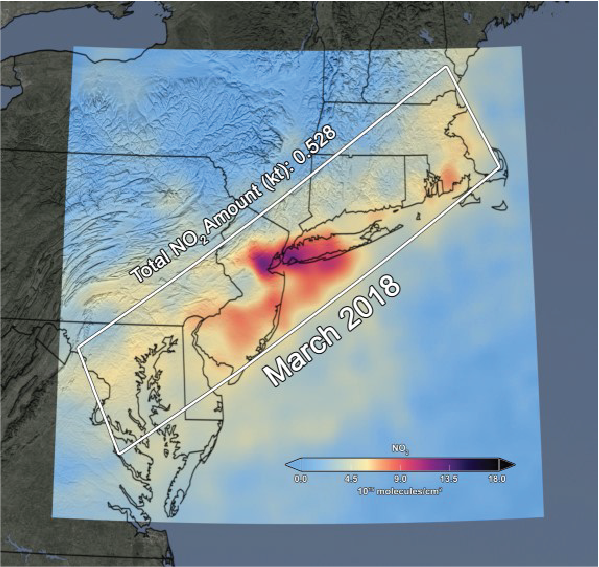
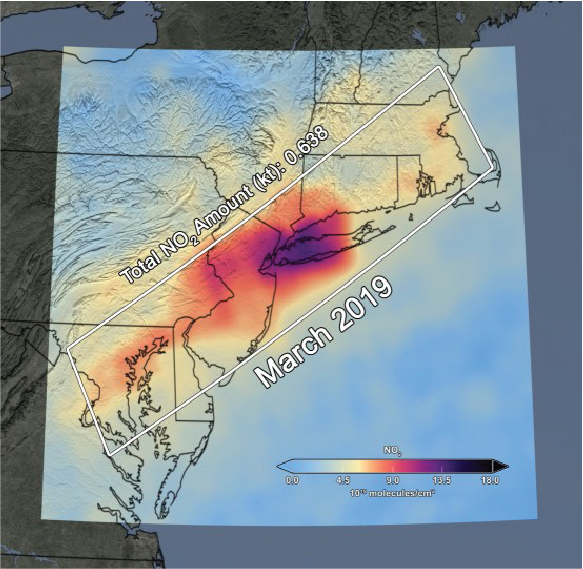
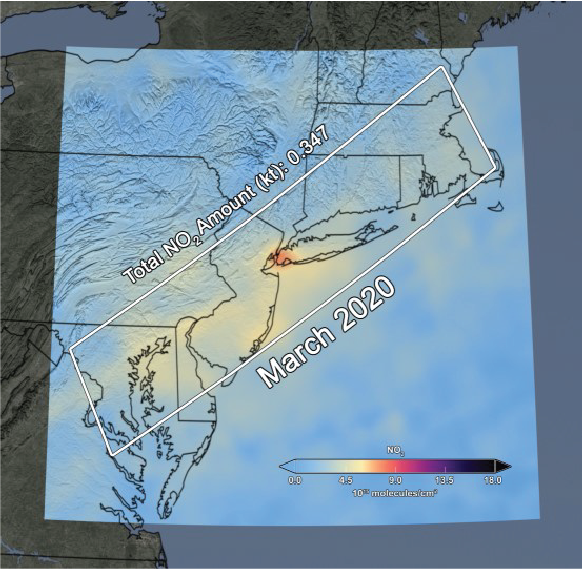
NASA Scientific Visualization Studio: https://svs.gsfc.nasa.gov/31142
We need to take bold steps to make these amazing results possible. By investing in additional mass transit infrastructure, like the SCMAGLEV, we could see our clean air aspirations become reality.
Show your support for the SCMAGLEV and help move Maryland towards our clean air goals by clicking here.
